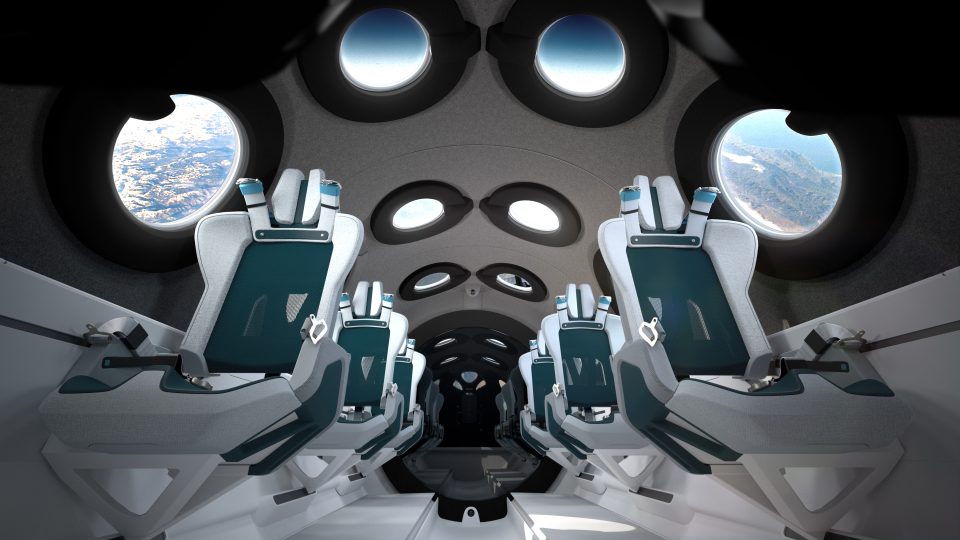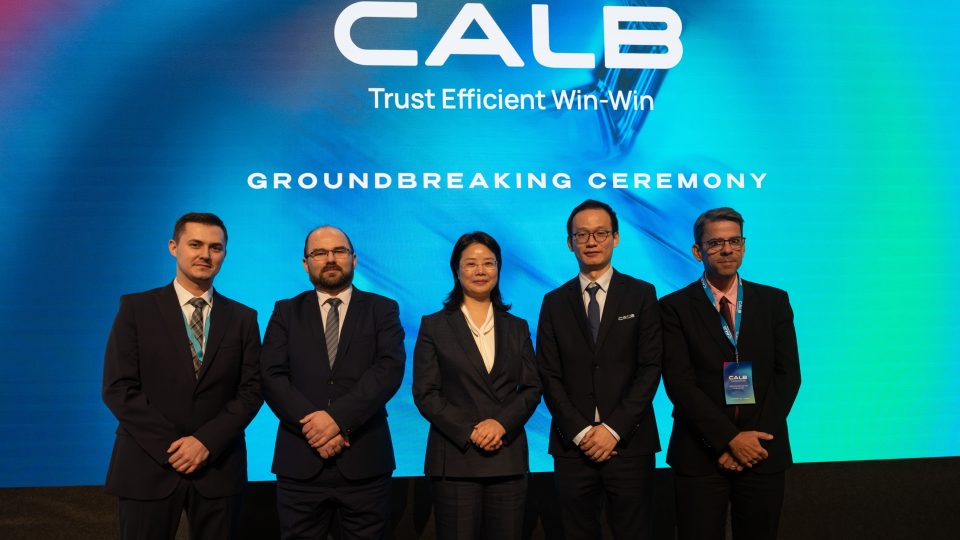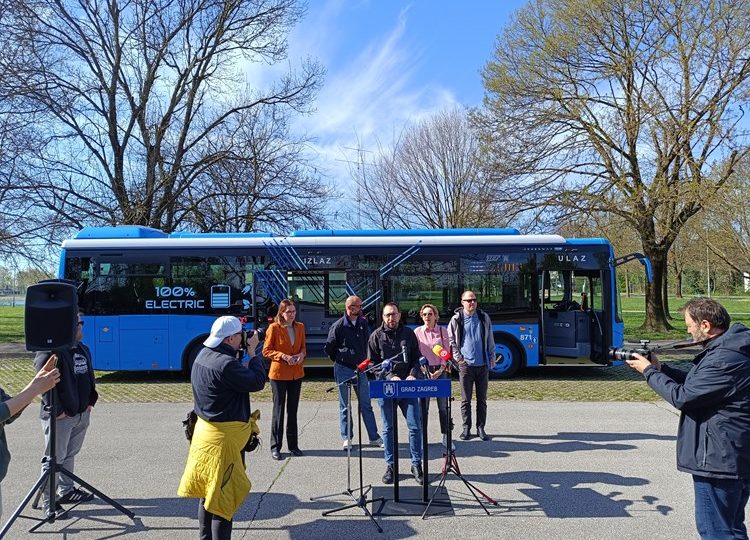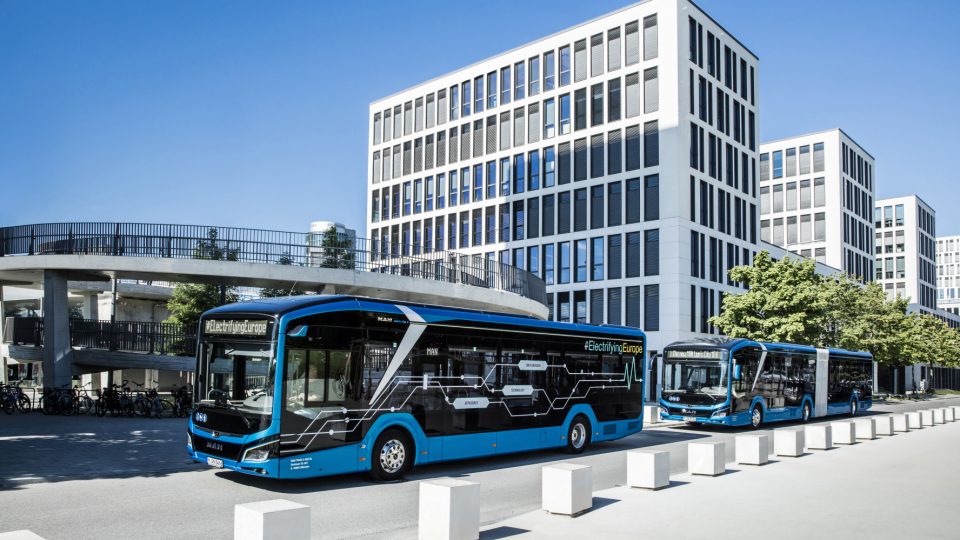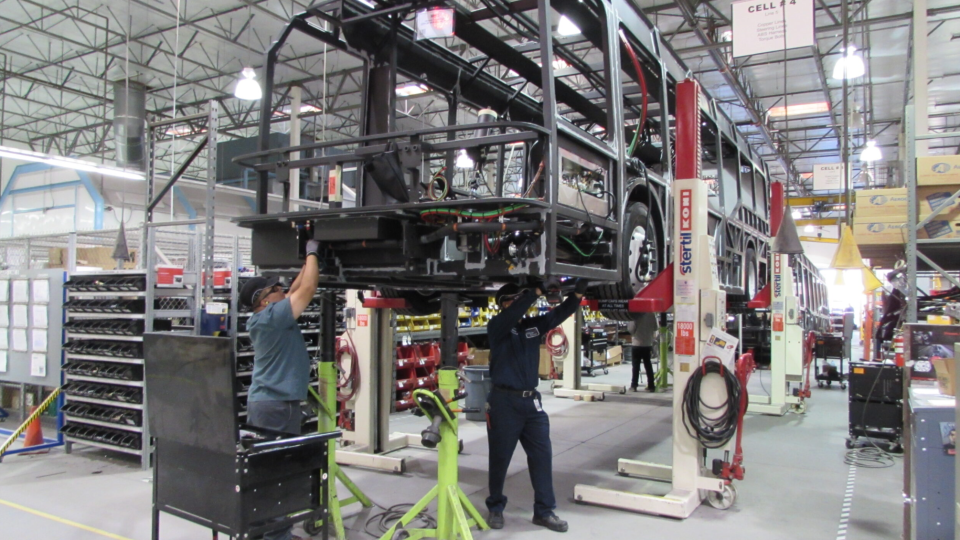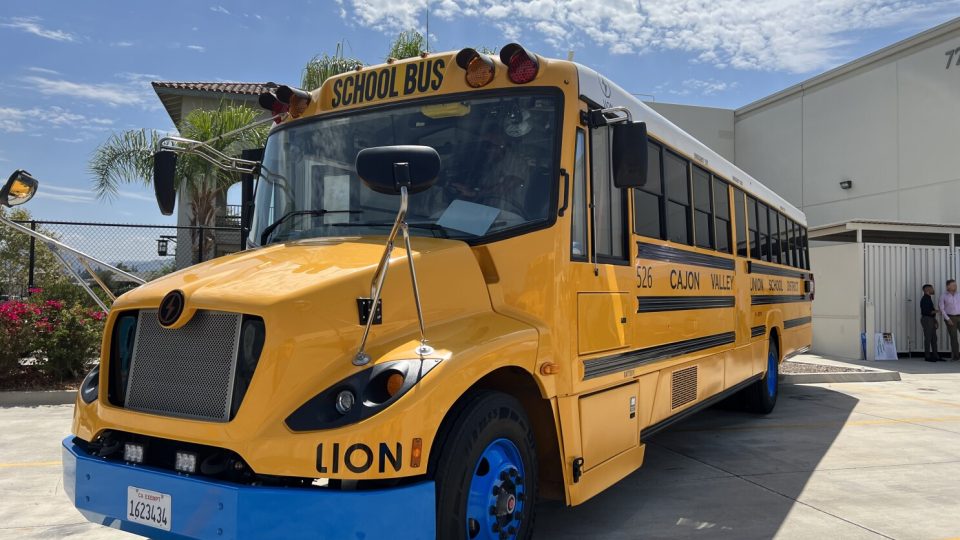Volvo Buses’ transition journey in Europe: strategy, economics and next steps in EU’s head Thomas Nylund’s words
Volvo Buses is in the midst of a significant transition. Two years after announcing a major shift in its European business model, the company is now moving into series production with a new partner, reshaping its manufacturing footprint, and adjusting its market focus to secure long-term profitability. In this interview, Thomas Nylund, Volvo Buses’ Vice […]
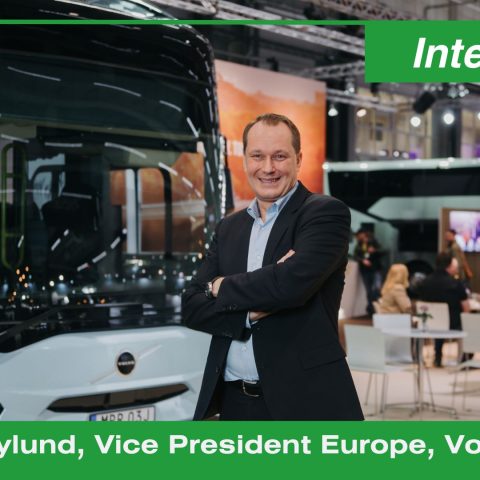
Volvo Buses is in the midst of a significant transition. Two years after announcing a major shift in its European business model, the company is now moving into series production with a new partner, reshaping its manufacturing footprint, and adjusting its market focus to secure long-term profitability.
In this interview, Thomas Nylund, Volvo Buses’ Vice President Europe – Business Unit Chassis, discusses where the transition stands today, the challenges and opportunities ahead, and how Volvo is positioning itself on critical issues such as electrification, CO2 targets, and the future of the coach market in Europe.
The key is to incentivize the entire ecosystem. We are not just providers of vehicles — in order to succeed long-term, we must also support infrastructure setup, fossil-free energy sourcing, and workforce training. With a holistic approach, it becomes possible to attract funding from various directions, including private sector investors with a stake in the transition
Thomas Nylund, Vice President Europe – Business Unit Chassis, Volvo Buses
Thomas Nylund, Volvo Buses in a changing landscape
Since two years ago, Volvo Buses has been undergoing the transition to a new business model in Europe. Where are you standing in this process? Can you provide a picture of how Volvo Buses is structured today?
We are progressing very well with MCV as our partner for the city and intercity bus offers. We are now entering series production and will begin deliveries to customers in the coming weeks. We also took the decision to move coach production to Mexico. We are slightly behind our initial roadmap, but we expect to begin customer deliveries by the end of 2026.
How was 2024 for Volvo Buses and what are your expectations for 2025?
2024 has been a very good year for Volvo Buses. We observed strong demand worldwide, with the coach market being especially strong in the Americas and Asia Pacific. We continue to see good demand for our electric products, and now intercity and commuter segments are also starting to transition to electrification.
Moving forward, there are obviously uncertainties on the markets due to the volatile economic environment…
What is your position on the European roadmap for CO2 reduction from heavy-duty vehicles, including intercity buses and coaches? ACEA has asked to move the revision to 2025…
The targets are ambitious, but what truly matters is recognizing that the product is just one piece of a larger ecosystem. To move forward effectively, all components must align — infrastructure, fossil-free energy supply, and a full understanding of total cost of ownership (TCO) are all essential. What’s crucial is that we don’t focus solely on the product itself but consider the broader ecosystem that supports it.
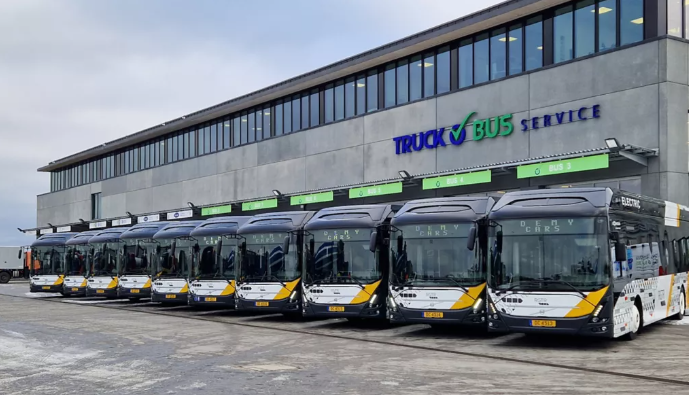
The partnership with MCV gets stronger
What about the collaboration with MCV: when should we expect the first deliveries?
I’d like to underline that we have since many years established a strong and lasting cooperation with MCV, particularly in the UK and Asia-Pacific markets. In our new business model, MCV has made a significant investment to support us also for the European markets. They will be producing our full range of city and intercity electric buses based on our body technology, from a brand new dedicated assembly line.
The ramp-up is happening as we speak (mid-April, editor’s note). The first deliveries are expected in the coming weeks. We’ll scale up gradually, starting with low-floor city buses (Volvo 7900E), followed by the articulated model (Volvo7900EA), and then the Volvo 8900E intercity bus as the third step.
Can you give a timeline for this roadmap?
We are building initial variants for all three models in 2025. We have several customer orders to fulfill for this year and for next year. Full ramp-up for all three models is expected during 2026.
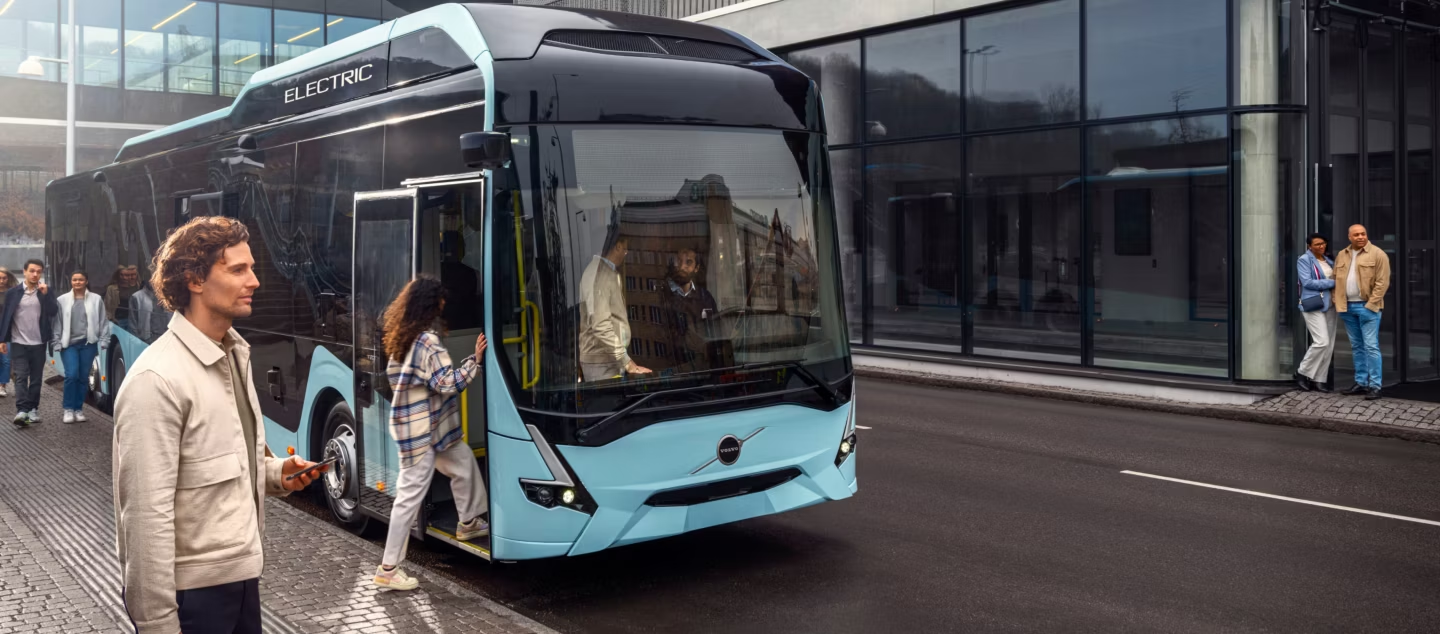
How is production organized at MCV?
A new, dedicated production line has been set up to handle our technology transfer and production of the three above-mentioned models.
Volvo Buses has traditionally been selective about which markets it serves. Is the new business model changing that? Which markets are you focusing on now?
In Europe, we’re focusing on markets where we’ve historically held a strong position, have a well-developed service network, and the right conditions to build a sustainable business long-term.
For city and intercity buses, we are concentrating on the Nordics and Benelux. Then we have France and Italy, predominantly coach markets. Finally, in Southern Spain and Portugal, we are focusing on chassis and bodybuilder partnerships to align with local market dynamics.
Profitability, subsidies, economics
With profitability cited as a key reason for the change in business model, what conditions must be in place for the new European business to become profitable?
With our new business model, we operate with a much leaner setup. This also allows us to be more flexible — we can focus on the products and segments where we believe there’s a long-term sustainable business case.
Subsidy availability varies widely across Europe. Do you think that the e-bus market can continue growing without long-term public funding? What role should private finance play?
I believe there can be a healthy mix of funding sources to support the transition. The key is to incentivize the entire ecosystem. We are not just providers of vehicles — in order to succeed long-term, we must also support infrastructure setup, fossil-free energy sourcing, and workforce training. With a holistic approach, it becomes possible to attract funding from various directions, including private sector investors with a stake in the transition.
A competitor CEO recently told me he believes manufacturers are no longer reliant on subsidies for the vehicles themselves but rather for the infrastructure. Do you agree?
That reinforces what I’ve just said. We must look beyond the vehicle alone and understand where incentives are most needed across the full value chain.
Electrification from cities to highways?
Volvo Buses has focused so far on battery-electric tech. What about hydrogen? Will the Cellcentric joint venture play a role?
Volvo Buses is in a fantastic position to benefit from internaldevelopment collaboration within Volvo Group, enabling us to leverage emerging technologies and create synergies. When it comes to future driveline technologies, we are fully aligned with the broader Volvo Group. That said, in city and intercity segments, we firmly believe in BEV applications. Our production with MCV will focus solely on BEV buses.
For coaches, we are open to alternatives. We are exploring various paths to meet future emissions targets. In the meantime, our B13R platform — compatible with HVO and biodiesel — remains a robust, evolving solution that will reach Euro 7 compliance.
Electrification of coaches is still a major technological frontier. What’s your position on the timeline (and technical feasibility) for BEV coaches becoming a commercial product in Europe—and what kind of range or charging strategy are you targeting? Milence’s network is under construction…
Electrification of coaches is a major technological frontier. For short-distance commuter applications, BEV is a viable path. For long-haul, it heavily depends on infrastructure availability — customers need to know they can access energy when needed. Also, many coach operators are small or mid-sized businesses. We need to respect the scale of the investment required…
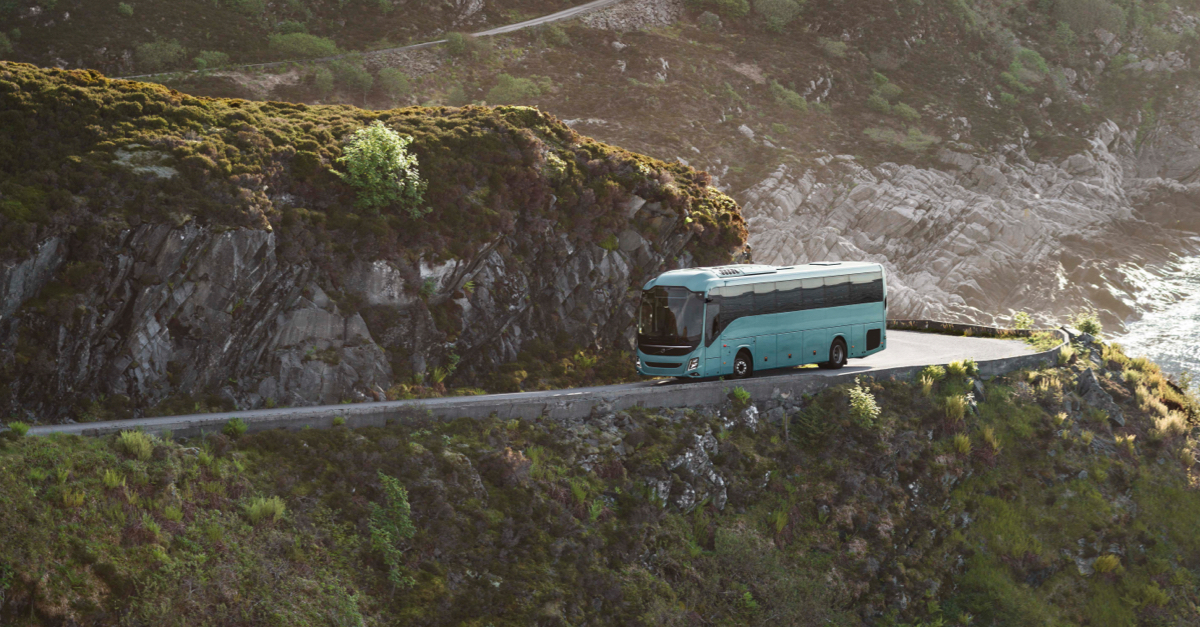
Spotlight on Volvo Buses’ coach business
It sounds like the coach market could split into two — commuter and long-haul products…
Yes, we also see that Class II and Class III might converge in the short-range touristic and commuter segment. Our flagship product, the Volvo 9700, will continue to address the long-haul touring segment.
With the 9900 range discontinued, how does Volvo plan to stay in the premium coach segment in Europe?
The 9700 is recognized as a premium coach. We are restarting the range with a limited number of variants and will look to expand the portfolio depending on customer demand.
In Europe, we’re focusing on markets where we’ve historically held a strong position, have a well-developed service network, and the right conditions to build a sustainable business long-term.
Thomas Nylund, Vice President Europe – Business Unit Chassis, Volvo Buses
For city and intercity buses, we are concentrating on the Nordics and Benelux. Then we have France and Italy, predominantly coach markets. Finally, in Southern Spain and Portugal, we are focusing on chassis and bodybuilder partnerships to align with local market dynamics.
Why was it more feasible to shift 9700 production to Mexico instead of continuing in Europe? What’s the timeline for rollout?
Our new business model gives us the flexibility to also explore Volvo’s global production network. Our plant in Mexico has been operating for 25 years and is a leader in coach production. It’s a center of excellence in both engineering and manufacturing and has the necessary capacity available. We expect first customer deliveries of the Mexican-built 9700 in Europe by the end of 2026.
What about autonomous driving?
We’re actively working within Volvo Group to explore different levels of automation. At Volvo Buses, we’ve demonstrated features like autonomous bus stop docking. We’ll be ready to scale when customer demand aligns with the technology.

